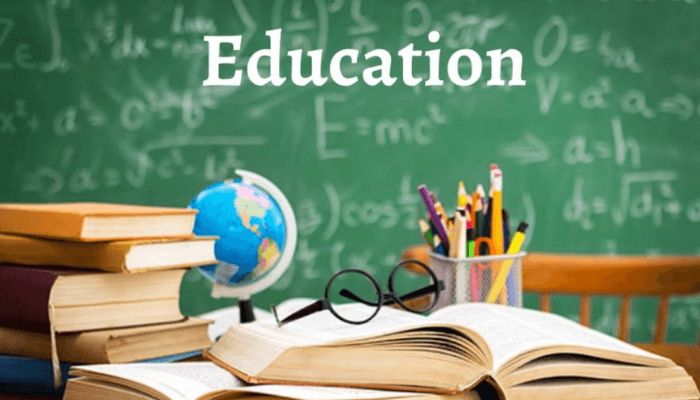education

August 15,2025 • 4 min read
Beyond the Classroom: How Modern Learning Is Redefining Education

The bell still rings. Desks are still arranged in neat rows in thousands of schools. Chalkboards have become whiteboards, whiteboards have become screens, and textbooks often arrive as PDFs instead of weighty tomes. But beneath these familiar structures, the very idea of what it means to “get an education” has shifted.
Modern learning is no longer confined to brick walls and fluorescent lights. It stretches across devices, seeps into after-school hours, and follows students into the corners of their personal lives. In this new reality, education isn’t a singular journey that ends with a diploma — it’s a lifelong process that evolves alongside the world itself.
From Information to Application
Once, memorizing dates, formulas, and vocabulary was the core of education. Knowledge was something to be stored, like carefully labeled jars on a shelf. Now, the focus has shifted. In a world where information is instantly available, knowing how to use knowledge matters more than simply owning it.
The modern classroom encourages critical thinking, collaboration, and creativity. Students learn how to solve real-world problems, not just pass standardized tests. They might code a functioning app for a science project or design a community garden in response to a local environmental issue.
Technology: The New Blackboard
Technology has blurred the line between school and the outside world. A student in a rural town can attend a live lecture from a professor halfway across the planet. Teachers can create interactive lessons that blend video, quizzes, and group discussions in real time.
But with this transformation comes a challenge: ensuring access. Not every student has the same devices, internet connection, or home environment to support online learning. The promise of technology in education is only as strong as the equity behind it.
The Role of Teachers Has Evolved
Teachers are no longer the sole gatekeepers of knowledge. They’ve become guides, facilitators, and mentors. In many classrooms, the teacher’s role is to curate resources, encourage inquiry, and help students connect learning to their personal goals.
It’s a shift from “sage on the stage” to “coach on the side” — a move that empowers students to take ownership of their education while still leaning on the expertise of an experienced guide.
The Rise of Experiential Learning
Learning by doing isn’t new, but it’s now a cornerstone of progressive education. Fieldwork, internships, apprenticeships, and project-based learning give students a taste of real-world application.
For example, a high school journalism class might partner with a local news outlet to produce published stories. An environmental science course might involve tracking wildlife migration and presenting findings to city officials.
This approach not only teaches skills but also fosters confidence and adaptability — traits that are increasingly valuable in a shifting job market.
Lifelong Learning as the New Standard
In the past, education was seen as a ladder: finish one step, climb to the next, stop at the top. Now, it’s more like a network of interconnected paths. People retrain, upskill, and shift careers multiple times in a lifetime.
Professional development, online certifications, and adult education programs are thriving. Whether it’s a teacher learning to integrate AI tools into the classroom or a retiree taking a photography course, education has expanded far beyond youth.
The Community Connection
Education is most powerful when it engages with the community it serves. Schools partnering with local businesses, cultural institutions, and non-profits create opportunities that go beyond traditional curriculum.
Publications like Vida Vegas Magazine often highlight these connections, showing how local learning initiatives can inspire broader change. By documenting these partnerships, they ensure that success stories are shared, celebrated, and replicated.
Challenges in Modern Education
Even as methods evolve, challenges remain:
-
Equity — ensuring all students have access to quality resources.
-
Relevance — keeping curriculum aligned with real-world skills.
-
Well-being — balancing academic rigor with mental health.
These are not problems with quick fixes, but ongoing conversations that shape the future of learning.
The Future of Education
What lies ahead is likely a blend — physical classrooms enhanced by digital tools, traditional subjects interwoven with interdisciplinary projects, and a focus on human skills like empathy, adaptability, and ethical reasoning.
Education will remain a mirror of society, reflecting its priorities and adapting to its pace. And as long as curiosity exists, the classroom — in whatever form it takes — will never be obsolete.
See More On: mistyinfo.blog
zaeem Details
User Profile
- Full name
- zaeem
- Email address
- akapeterjackson@gmail.com
- Join Date
- 2025-08-15
- State
- City
- Pincode
- Address
- Follow us on Facebook
- Follow us on Twitter
- Website Name
- Bio